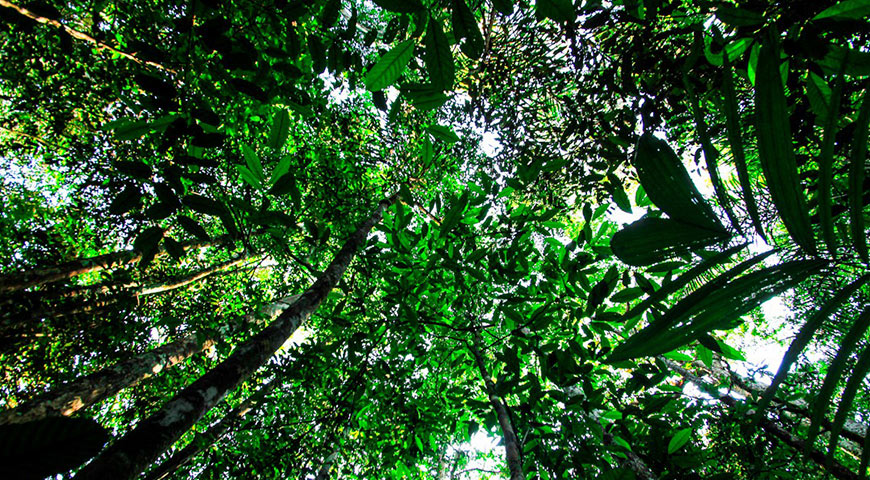

Brazil’s President Luiz Inacio Lula da Silva has welcomed new figures showing that the destruction of the Amazon rainforest has decreased by 25%.
President Lula said this had prevented the release of millions of tonnes of CO2 gas into the atmosphere. The government says environmental policies, including measures against illegal logging, have had an effect.
Environmentalists welcomed the figures, but said falling commodity prices and economic conditions were also a factor.
In his weekly radio address, President Lula said the new figures showed that protecting the environment and the Amazon would not prevent Brazil from increasing its land under cultivation.
The challenge that we have overcome is knowing how to use the jungle and how to preserve the environment while allowing people’s lives to be improved
President Lula: “I’m convinced that it’s possible to have growth while preserving the environment,” he said.
“The challenge that we have overcome is knowing how to use the jungle and how to preserve the environment while allowing people’s lives to be improved.”
The figures suggest that between August 2005 and July 2006, deforestation in the Amazon fell by 25%, to the lowest rate since at least 2000.
Brazil releases about 1 billion tonnes of CO2 gases into the atmosphere every year, more than 75% of which are caused by deforestation.
President Lula said the drop in deforestation had prevented the release of 410m tonnes of greenhouse gases and the destruction of 600,000 trees.
The president clearly believes it is possible to reconcile the objectives of economic growth and protecting the environment, says the BBC’s Gary Duffy in Brazil.
But Paulo Moutinho, co-ordinator at the Environmental Research Institute of the Amazon, told Reuters news agency that rising commodity prices this year could fuel renewed destruction.
“Awareness and policies improved in the federal and state governments, but the real test is if rates fall during a commodity price rally,” Mr Moutinho said.
If the price of crops such as soya were to continue rising, the destruction of the rainforest could grow again, our correspondent says.
Source: BBC News
Leave a Comment